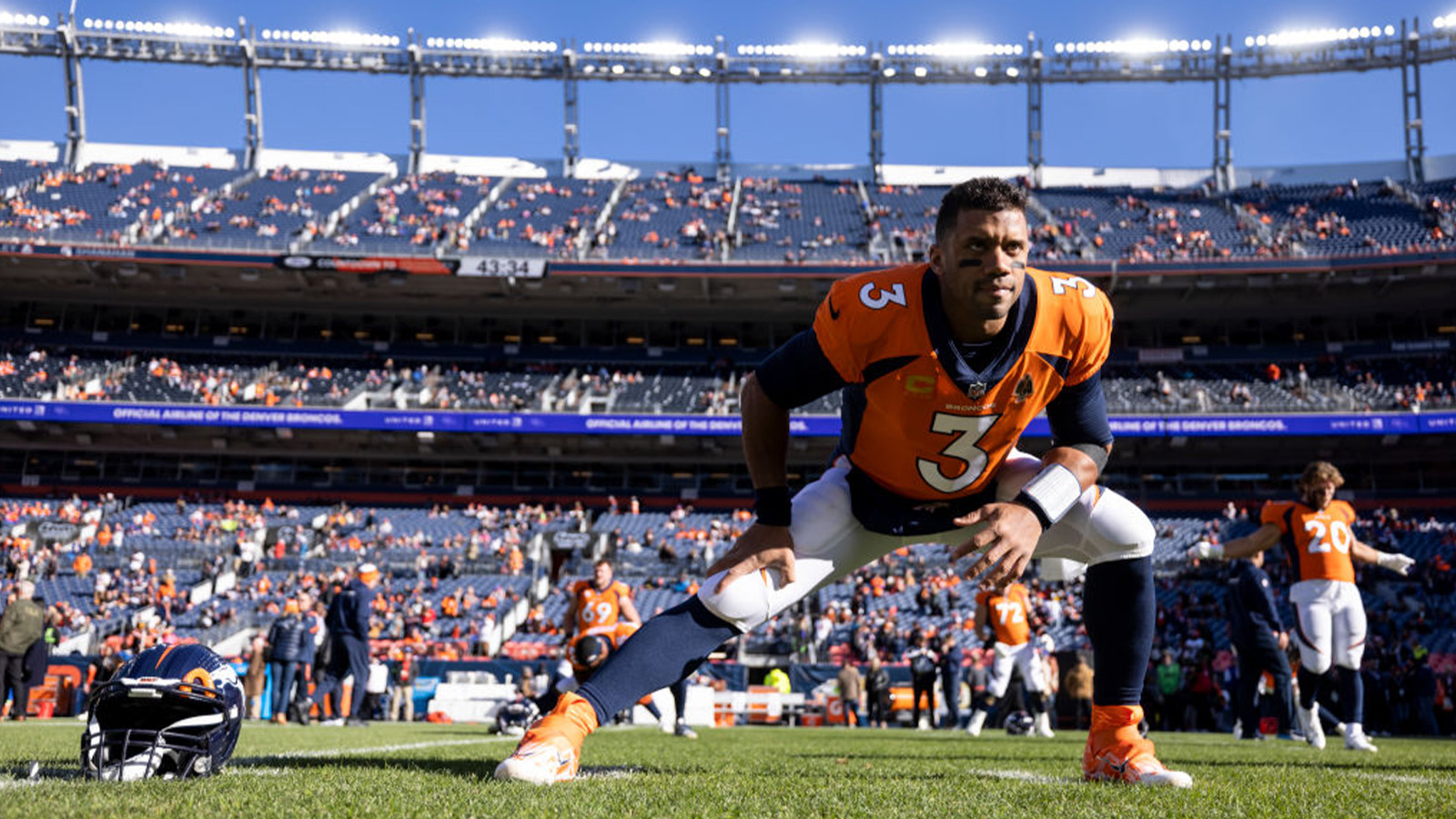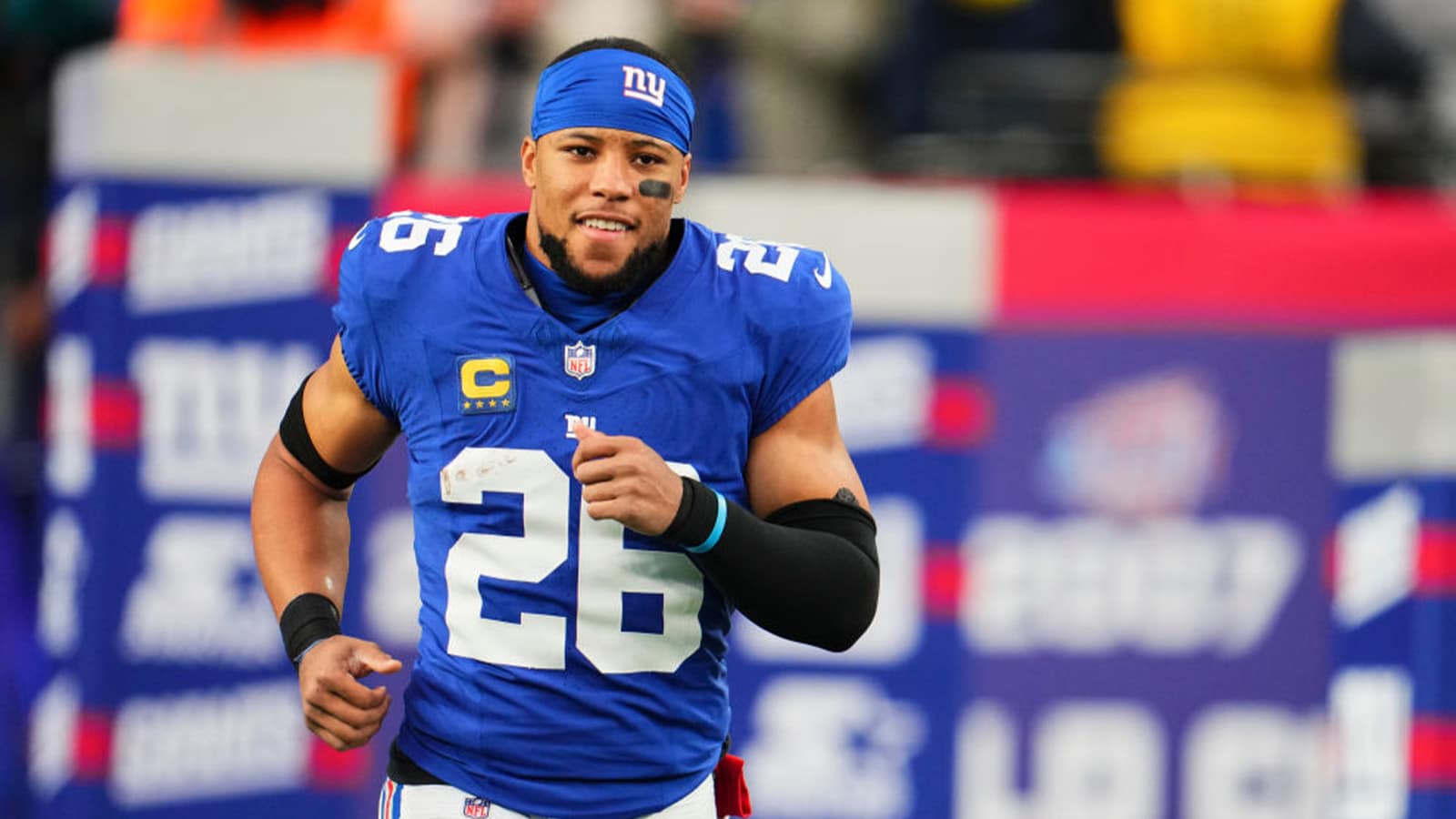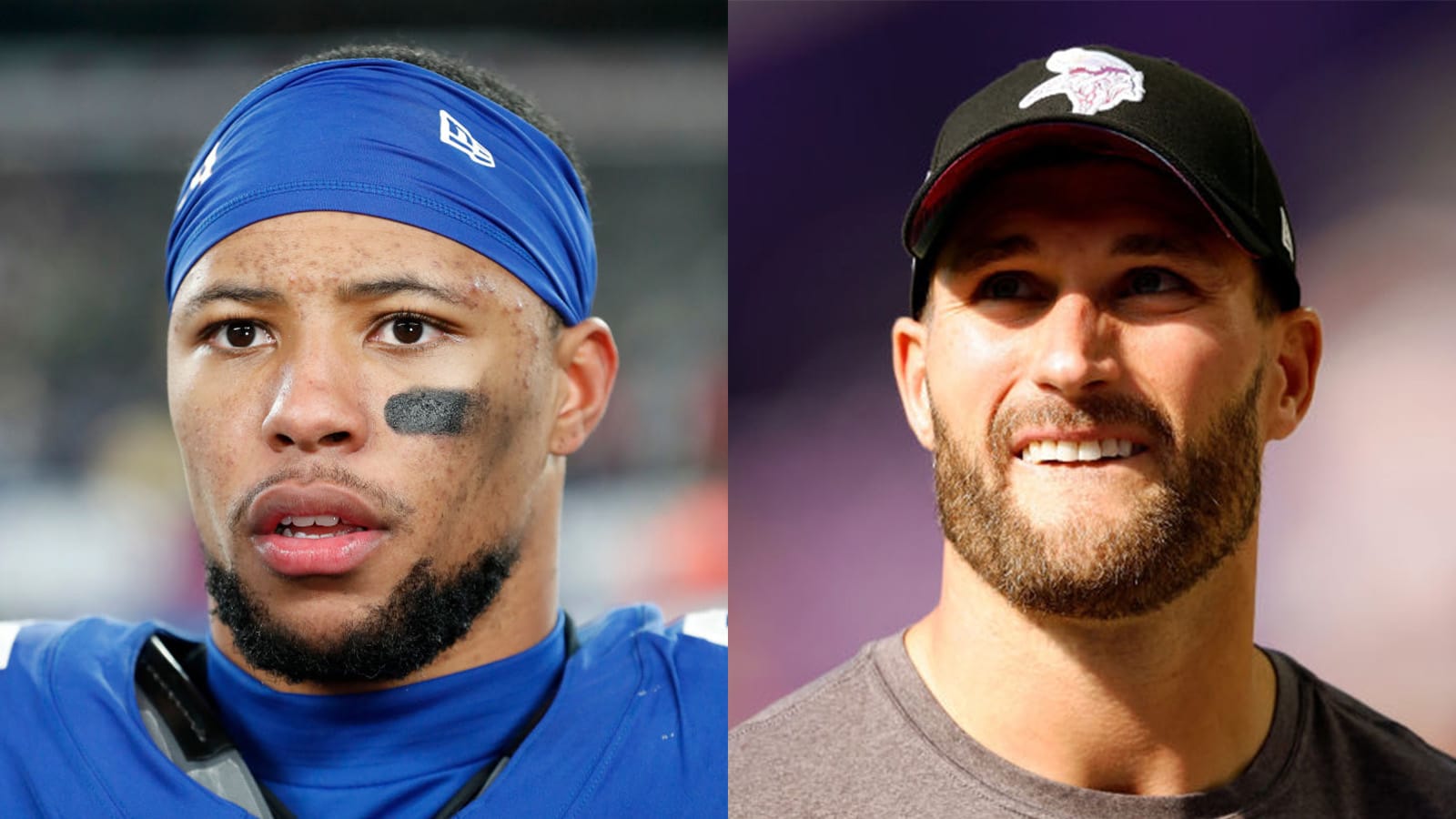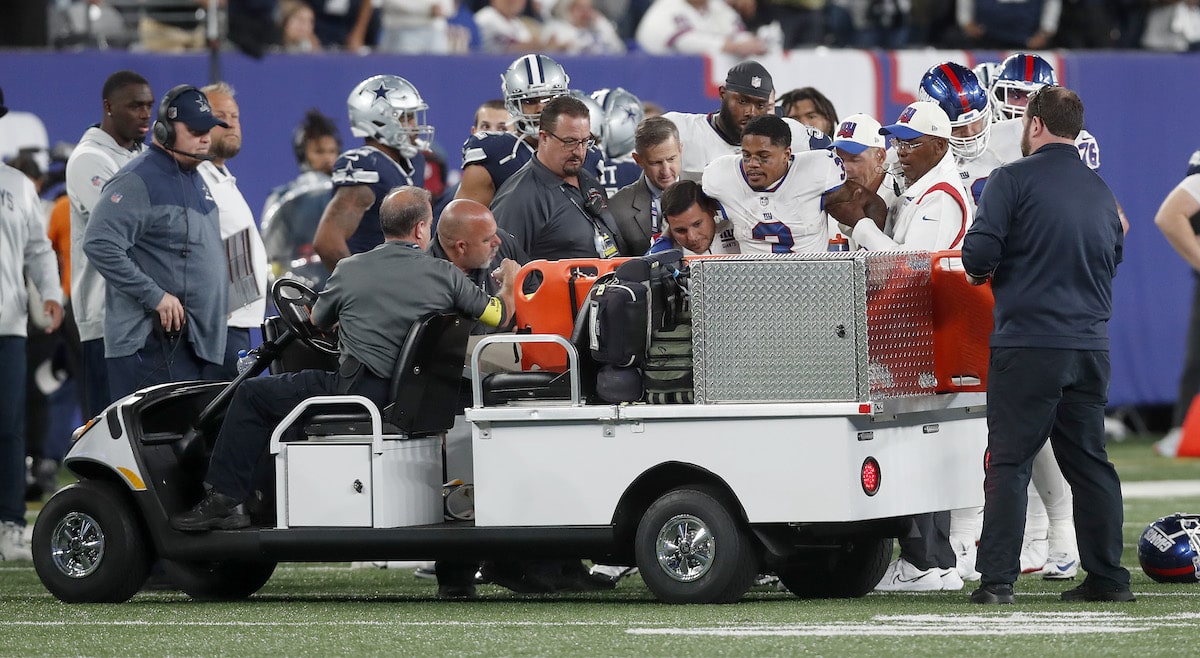
Do Turf Fields Really Cause More Injuries Than Grass Fields in the NFL?
Since the late ’60s, many football fans have wondered if turf fields are the culprit of unnecessary injuries. While turf fields allow team owners to save money, many NFL players want owners and the league to prioritize health and safety. Let’s learn more about the history of artificial turf fields and their impact.
When did the NFL start implementing artificial turf?
The history of artificial turfs can be traced back to the 1950s. Artificial turfs proved a cost-effective and efficient way for urban cities to cover the asphalt on many city playgrounds. According to Huddle Up, the implementation of artificial turfs soon caught the attention of sports teams. In 1966, the Houston Astros became the first pro sports team to use artificial turf when the organization installed Astroturf throughout the Astrodome.
After the Astrodome became fitted with artificial turf, the trend for turf fields took off throughout the U.S. In fact, there are more than 8,000 artificial turf fields in America alone. Regarding the NFL, 16 of the league’s 32 teams utilize artificial turf in their home stadiums. However, while artificial turfs started as a way to make environments safer for kids, it has become clear that they’re simply not the safety mechanisms they were initially marketed as.
The correlation between turf fields and increased injury rates
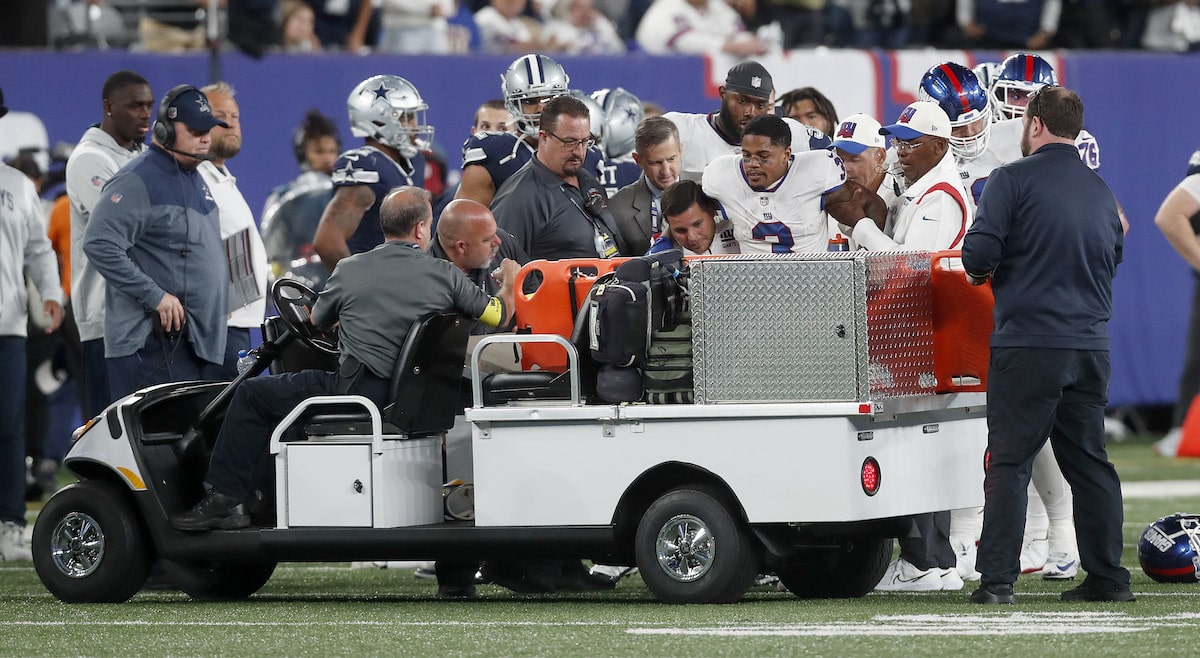
Since their mass implementation across the U.S., artificial turf has damaged the ACLs of many athletes across field sports. In the NFL, artificial turf and concussions are the two leading culprits of injuries in the league. While the league has poured billions of dollars into studies and equipment that help to reduce head injuries, it has not applied this same energy to fields with artificial turfs.
There’s been an ongoing argument about the need to replace artificial turfs throughout the NFL and the sports industry. In September 2022, New York Giants wide receiver Sterling Shepard reignited this argument when he tore his ACL at MetLife Stadium.
Like many players who have suffered a similar fate, Shepard tore his ACL in a non-contact injury. No one touched him. Unfortunately, he was running on a turf field and paid the consequences of playing on synthetic turf.
How NFL franchises are getting around turf fields
If turf fields result in so many unnecessary injuries, why does the NFL continually allow their players to work in these conditions? The answer to this question is quite simple; it all boils down to money.
While artificial turf fields are more expensive to install, they are less expensive to maintain than grass fields. In addition, NFL owners with turf fields have an easier time generating revenue by renting out their stadiums for concerts and other offseason events. Overall, turf fields reduce annual maintenance costs by seven to eight figures while also allowing stadiums to become cash-generating assets.
While it’s easy to see why NFL owners would opt for an artificial turf field from a business standpoint, these owners continue to receive pushback from players, coaches, and fans. In 2021, JC Tretter, former Cleveland Browns center and current NFL Players Association President, shared an open letter to the NFL about the negative impact artificial turf has on NFL players and the league.
While opinions will vary, the stats in Tretter’s letter tell the real story: “Players have a 28% higher rate of non-contact lower extremity injuries when playing on artificial turf. Of those non-contact injuries, players have a 32% higher rate of non-contact knee injuries on turf and a staggering 69% higher rate of non-contact foot/ankle injuries on turf compared to grass.”
Players are a multi-million dollar investment. It’s time NFL owners start prioritizing their health and safety. The excuse well for needing artificial turf has officially run dry. Even the Raiders and Cardinals, whose stadiums are in the deserts of Nevada and Arizona, have found creative ways to adopt grass fields.
Both organizations have engineered solutions that make it possible to make their grass fields retractable. This allows them to get the necessary maintenance and sunlight during the week before becoming indoor stadiums.
